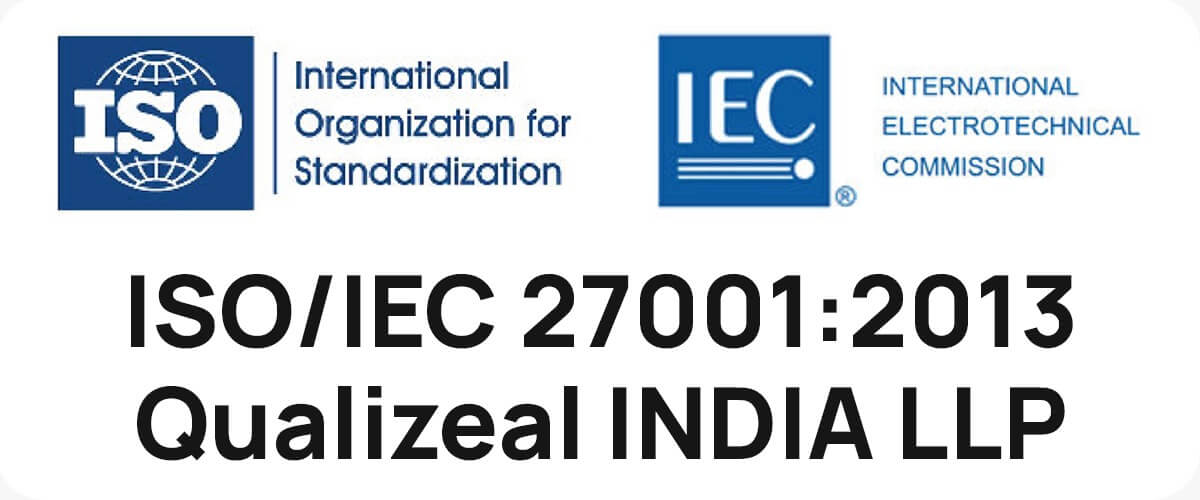In today’s fast-paced data-driven world, efficient and accurate ETL (Extract, Transform, and Load) testing is more crucial than ever. According to a Gartner analysis, firms that use data quality technologies may achieve up to 70% more accurate analytics, resulting in improved decision-making and commercial outcomes. Furthermore, Forrester Research claims that automated ETL testing may save testing time by up to 40%, considerably increasing the pace of data integration procedures. These powerful facts demonstrate the revolutionary power of automation in ETL testing. In this article, we’ll look at the most effective tools and tactics for streamlining ETL testing, assuring high data quality and operational efficiency. Whether you’re a data engineer, analyst, or IT expert, understanding these automation approaches is critical for optimizing your data process and unlocking the maximum value of your data.
Understanding ETL Testing
ETL testing is an important phase in the data integration process. It guarantees that data is reliably taken from diverse sources, converted using business rules, and put into the desired data warehouse or database. Traditionally, ETL testing was a time-consuming and manual procedure that was prone to errors. However, with the introduction of sophisticated automation technologies and methods, firms may now simplify this process, increasing productivity, accuracy, and dependability.

The Benefits of Automating ETL Testing
1. Improved accuracy and consistency
Manual testing is prone to mistakes and inconsistencies, which can result in erroneous data and poor business insights. Automated ETL testing technologies, such as Informatica Data Validation and QuerySurge, provide uniform and repeatable testing methods, resulting in greater data correctness and dependability.
2. Time and cost efficiency
Automating ETL testing considerably shortens the time necessary for data validation and verification. According to Forrester Research, automated ETL testing may save testing time by up to 40%, allowing firms to launch data projects more quickly. This efficiency translates into cost savings since less human work is required, allowing resources to be directed toward more critical duties.
3. Comprehensive Test Coverage
Automated ETL testing systems can handle vast amounts of data and run detailed tests that would be impossible to do manually. These technologies may evaluate data on various dimensions, such as completeness, transformation logic, integrity, and quality, offering a comprehensive perspective of the ETL process.
4. Improved data quality
Data quality is critical for successful decision-making. Automated ETL testing solutions verify that data is correct, consistent, and free of errors. Identifying and fixing data problems early in the ETL process allows enterprises to maintain high data quality standards and trust in their data assets.

Key Tools for Automating ETL Testing
1. Informatica Data Validation
Informatica Data Validation is a sophisticated tool that automates data validation throughout the ETL process. It has a simple interface for generating and maintaining test cases, verifying that data is correctly retrieved, translated, and loaded. Informatica Data Validation’s extensive reporting tools allow enterprises to track and document the quality of their data.
2. Query Surge
QuerySurge is an intelligent data testing tool that automates testing in data warehouses and large data settings. It checks data at each level of the ETL process, ensuring that data transformations are carried out appropriately and that data integrity is preserved. QuerySurge’s robust automation features and extensive reporting capabilities make it an indispensable tool for any organization looking to streamline their ETL testing.
3. Talend Data Integration
Talend Data Integration provides a full array of tools for automating ETL procedures, such as data extraction, transformation, and loading. Its user-friendly interface and wide connector library make it simple to connect to a variety of data sources and destinations. Talend’s powerful automation capabilities and real-time monitoring tools help enterprises manage their ETL procedures more efficiently.
4. Apache Nifi
Apache Nifi is an open-source tool for automating the flow of data across systems. It has a user-friendly interface for creating data processes and supports a variety of data sources and destinations. Nifi’s robust automation tools and real-time monitoring make it an excellent choice for automating ETL testing in complicated data settings.

Strategies for Successful ETL Test Automation
1. Set clear objectives and requirements
Before adopting automated ETL testing, it is critical to establish clear objectives and specifications. This includes understanding the organization’s requirements, identifying critical data sources, and creating data quality standards. Organizations that have a defined roadmap may guarantee that their automation initiatives are in line with their business objectives.
2. Select the Right Tools
Choosing the appropriate tools is crucial for effective ETL test automation. Organizations should examine their unique requirements and select solutions that provide the necessary capability, scalability, and ease of use. Considerations include the capacity to handle massive amounts of data, connection with current systems, and support for a variety of data sources and destinations.
3. Create a Strong Test Strategy
A well-defined test approach is required for successful ETL test automation. This entails developing thorough test cases that address all parts of the ETL process, such as data extraction, transformation, and loading. Organizations should also set standards for data quality, completeness, and integrity to verify that all tests are in line with their business needs.
4. Implement continuous testing
Continuous testing is an excellent practice for ensuring data accuracy and dependability. Organizations may guarantee that data is consistently checked and verified by including automated ETL testing into their development and deployment workflows. This strategy allows firms to discover and fix data issues early in the process, lowering the likelihood of mistakes and inconsistencies.
5. Monitor and optimize
Monitoring and enhancing automated ETL testing procedures are critical to ensuring efficiency and effectiveness. Organizations should conduct frequent reviews of test findings to identify areas for improvement and adapt their testing techniques accordingly. Organizations may assure the efficiency and dependability of their data integration operations by continually improving their ETL testing methods.

Conclusion
Automating ETL testing is a game changer for firms that want to optimize their data integration procedures. Organizations may improve the accuracy, efficiency, and dependability of their ETL procedures by implementing sophisticated technologies and methodologies. Whether you’re a data engineer, analyst, or IT expert, knowing these automation approaches is critical for streamlining your data process and realizing the full potential of your data.
At QualiZeal, we specialize in enabling businesses to implement suitable ETL testing methodologies and solutions. If you want to improve your data integration procedures and data quality, contact us at qzinfo@qualizeal.com. Let us revolutionize your data workflows together!












